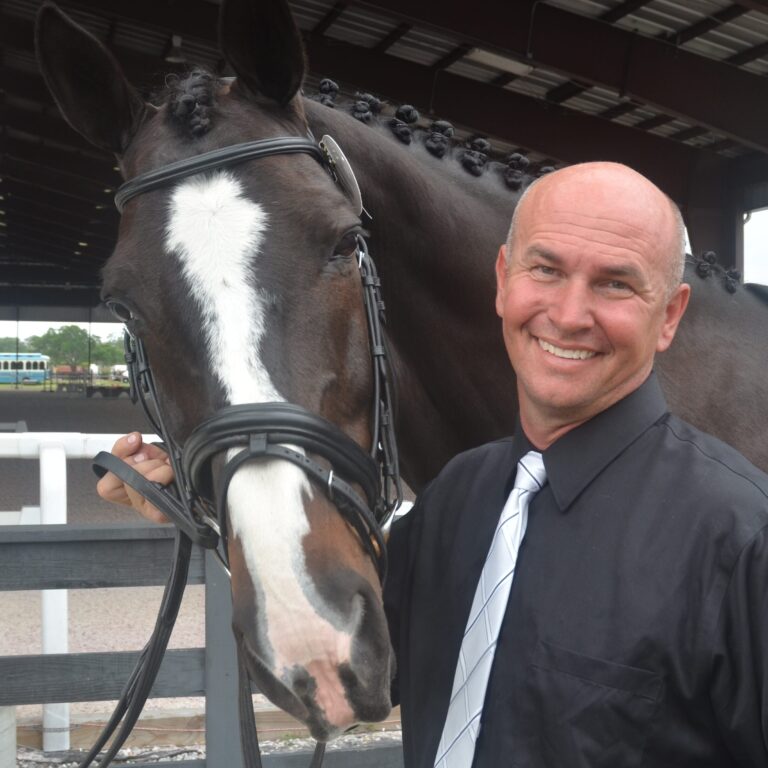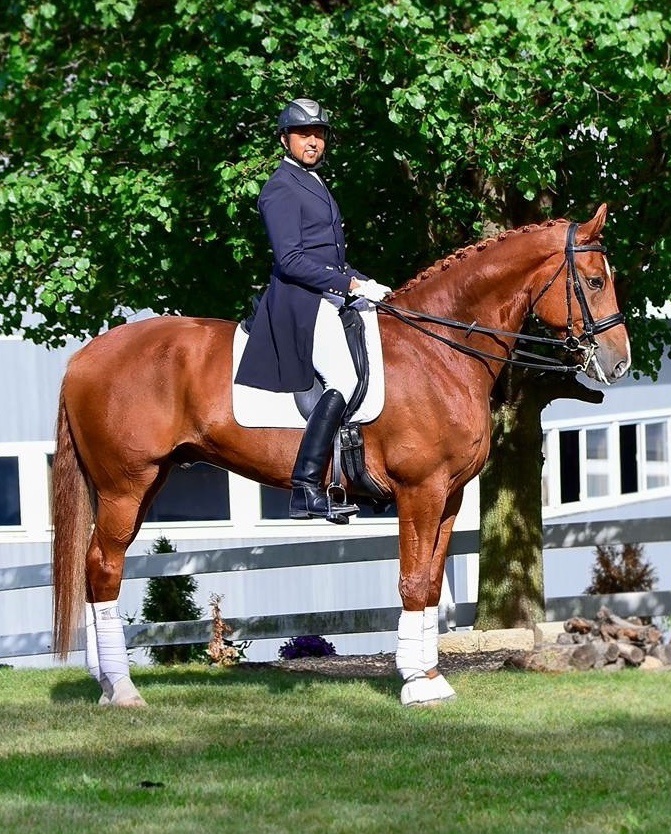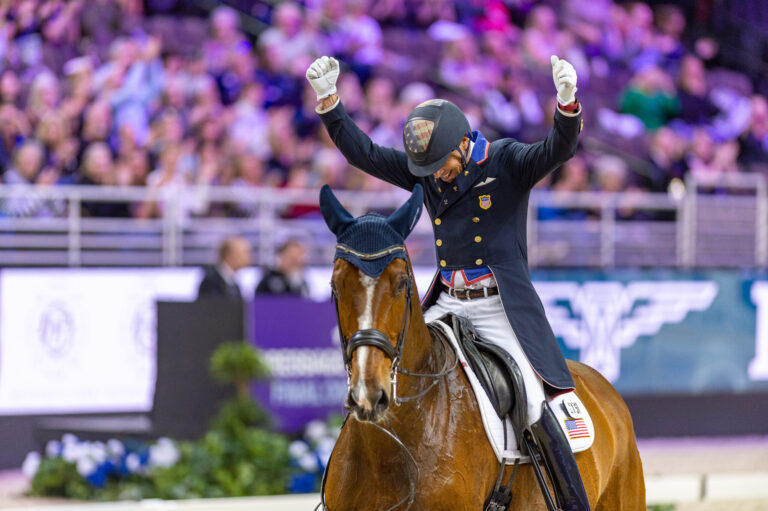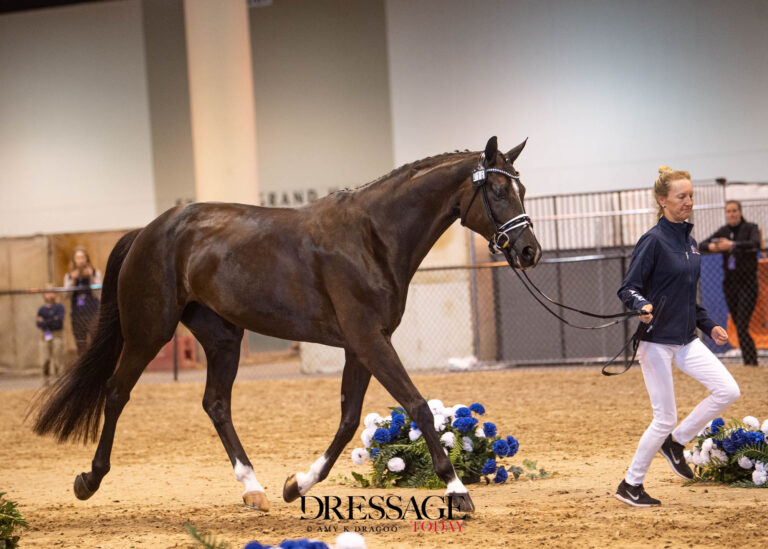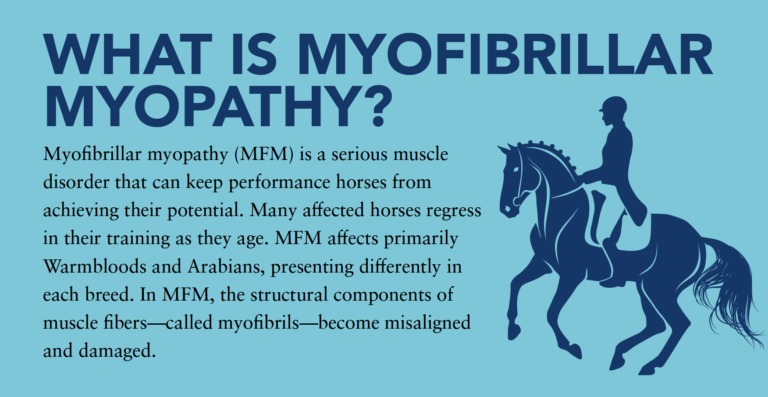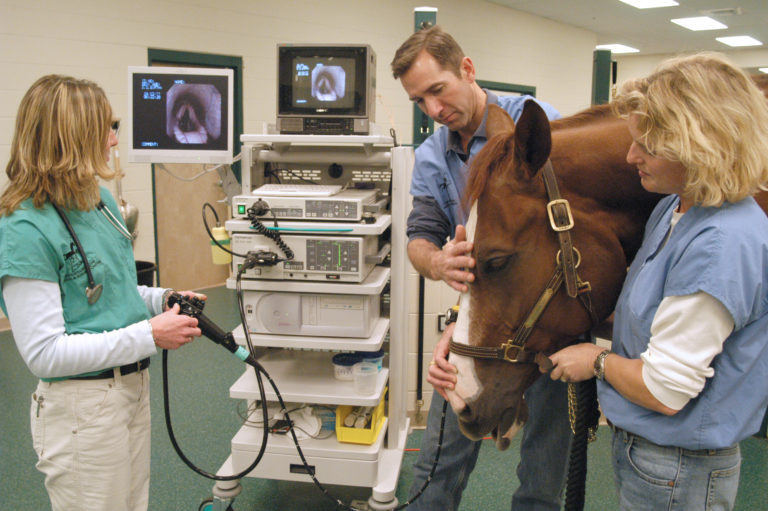Robert Dover is one of the country’s most seasoned high-performance competitors. With four Olympic and one World Equestrian Games under his belt, he has been working with the country’s elite riders since he was named technical advisor/chef d’équipe for the U.S. national dressage team last April. Dressage Today had a chance to sit down with Dover to learn more about his career in the dressage world.
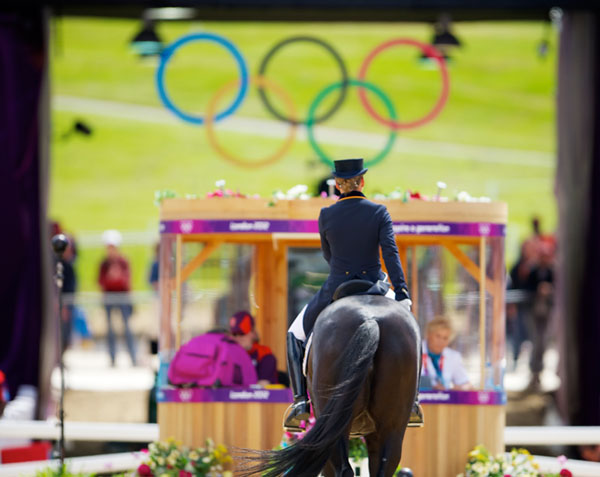
When was your first CDI?
My very first CDI at the Grand Prix level was the 1984 Olympic Games in Los Angeles, California.
What gave you the confidence to go for it?
While the above is not a best-case scenario for any young rider (I was 27), I had been competing in Grand Prix since 1977 and wanted to try out, believing in my horse and myself. Looking back, I actually thought I could go to the Olympic Games and win. I had no idea of the reality of the sport and where I was in relation to the greats like Reiner Klimke and others. Pretty funny!
How has the sport changed since you got involved?
Dressage has evolved hugely as a sport since I began many years ago. In 1984, Otto Hofer (Switzerland) won the individual bronze medal on Limandus with just over 66 percent, and that score would now be below 30th place. The quality of horses and sophistication of riders and trainers has made the sport one that can have stars coming from many nations and not just one or two.
Tell us about the team horses.
All of our team horses have always been very different individuals, with their own specific needs and highlights. At present, we do not have a named dressage team, but I can tell you that we have quite a few excellent combinations showing ability to reach near or even over 80 percent. The qualities they share are beautiful gaits, responsive and forward attitudes and a great ability to find the balance necessary for the most difficult movements.
What is the importance of having an owner or sponsor? How does a rider keep the owner and/or sponsors happy and make them feel a part of the team?
The importance of having top owner/sponsors cannot be overstated. Unless one is independently wealthy, it would be impossible for our athletes to have the horses they need and be able to do everything necessary to train and compete without the generosity of an owner/sponsor. Communication and showing one’s thankfulness whenever and wherever possible is of great importance if one wants to keep the owner/sponsor happy. The owner should feel as significant as the rider, as he or she makes choices affecting the horse and his future. Further, riders should always remember to thank owners in the press. I had my medals copied and gave them to my owner, along with many ribbons, trophies and prize money. It is important for there to be an understanding between them.
Which medal means the most to you and why?
I would say that all of my medals had particular meaning to me, but my last in Athens was special. I knew it would be the last one my parents would be alive to watch me take part in. Having them there and having a personal best for my career there was very special to me.
Tell me a story from a dressage team that no one knows?
In 1990 I was competing on Walzertakt, owned by Walter and Mary Anne McPhail. Walter, as he was called in the stable, was a very difficult horse to ride in the best of circumstances. A week before the World Equestrian Games in Stockholm, Sweden, he slightly pulled a tendon. I had to walk until the day of the jog (one day before the Grand Prix), so Walter was wild.
As I went to enter the stadium for my ride, they had an orchestra playing and were shooting huge water cannons over the arena. I had experienced how difficult Walter could be to get into more than one arena, and I knew there was only one way to do it: backward. So I backed him into the stadium and then turned him quickly around once they shut the entrance gate behind me.
Needless to say, it was not the best ride of my career, but I was still happy to have taken part in the competition. The U.S. team ended sixth.
Who were your mentors? Which person or people have helped you the most form your ideas about training horses?
From Myra Wagner, Margo Kirn, Anne Reiley and Elisabeth Lewis in my Pony Club years, I went to the person I will always know was my greatest mentor, Col. Bengt Ljungquist. He not only taught me dressage with absolute attention to all basic principles; he taught me about honesty and integrity as well as dedication and attention to details. After Ljungquist’s death, I went to Schultheis, Theodorescu, Rehbein and Klimke, all of whom had a great impact on my dressage career.
Was there a judge who has been influential in your career?
Many, many judges have had an impact on my career, but I will say that I used to ask Edgar Hotz to judge me in dress rehearsals until I could achieve a 70 percent from him at home before I would go into a show. Later, Gary Rockwell did the same thing to help me prepare for my competitions.
Which horse would you like to own and compete for the United States and why?
I felt so lucky to ride Kennedy at the end of my career and believe that had I had him as a young horse, he would have been even more successful with me. That being said, Granat, Keen, Totilas and Valegro would have been amazing horses to ride and compete.
What training tips can you give the athletes?
Every horse is different and requires their own special attention; however, staying true to the basic principles of dressage and remembering that “art ends where violence begins” is an adage I have lived by.
Is there any how-to information you could give the U.S. qualifying contenders for upcoming team events on pressure, showing and/or competing in Europe?
Our U.S. athletes are among the most sophisticated and well-supported equestrians from any nation around the world. Their pathway to making a dressage team affords them the experience and exposure to training and competing both in America and in Europe. They also have the very best access to top veterinarians, farriers, sports psychologists and many other skilled specialists, including human doctors.
Our federation and the U.S. Equestrian Team Foundation and their staffs are fantastic, and all are always available to help out the U.S. athletes as they can. Further, our coaches and I are always doing 100 percent to ensure that our athletes, three- and four-legged, have every possible advantage to allow them to excel.
Riders must be true to themselves and others and open to receiving the help offered them. Only with everyone in our community making a concerted effort can we realize our shared dream of our teams at all divisions standing on the highest podiums and bringing home the gold!


